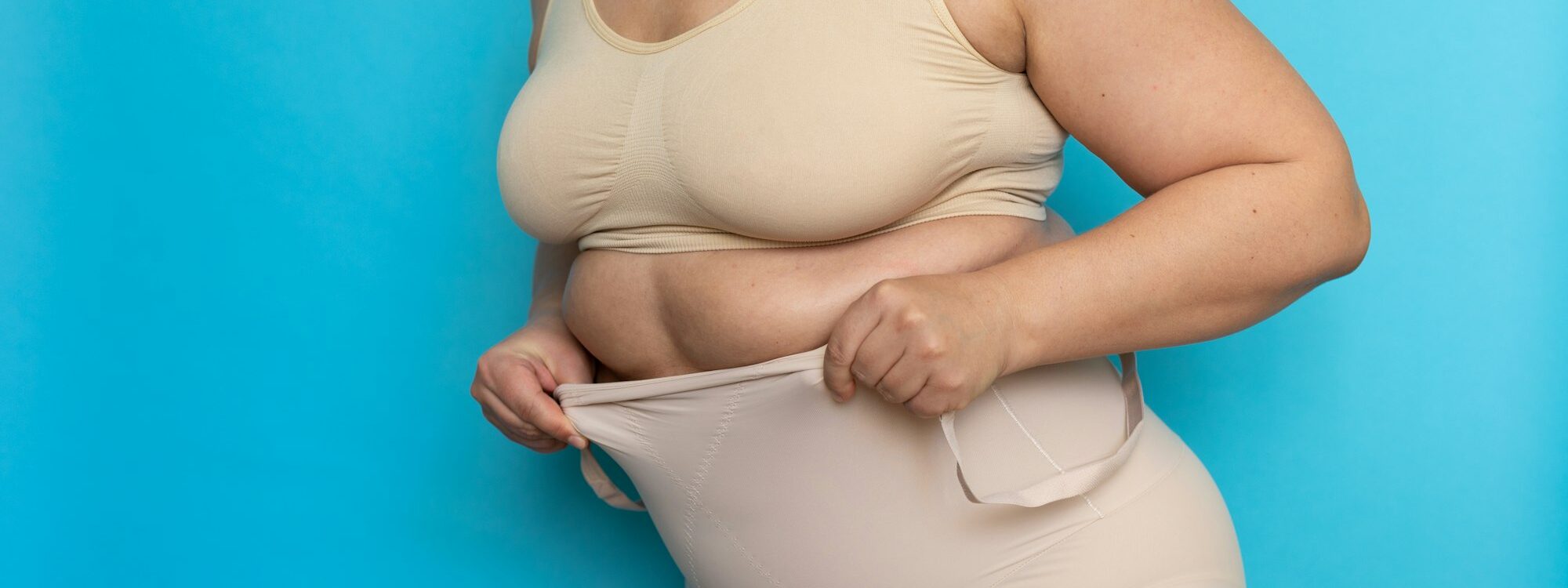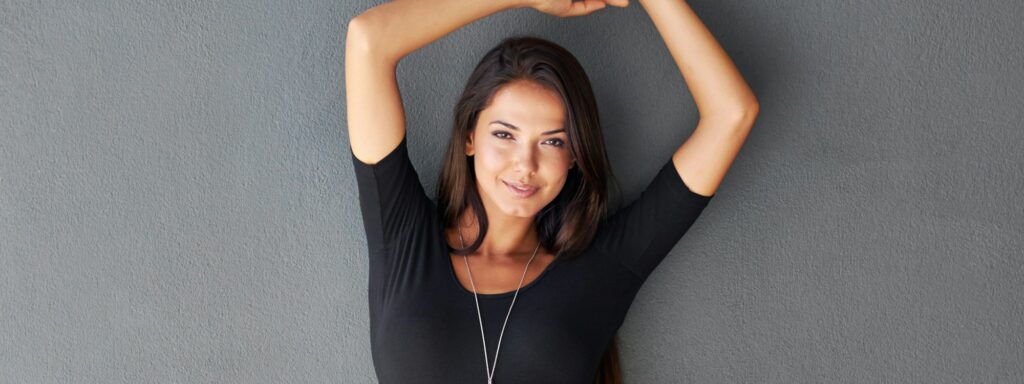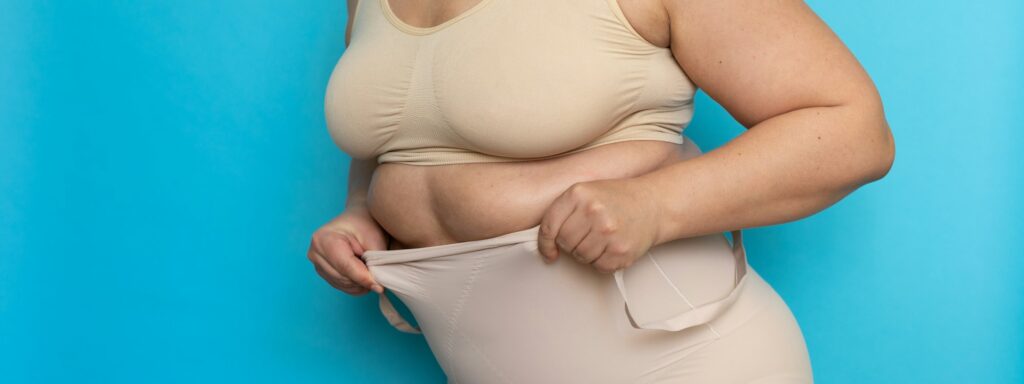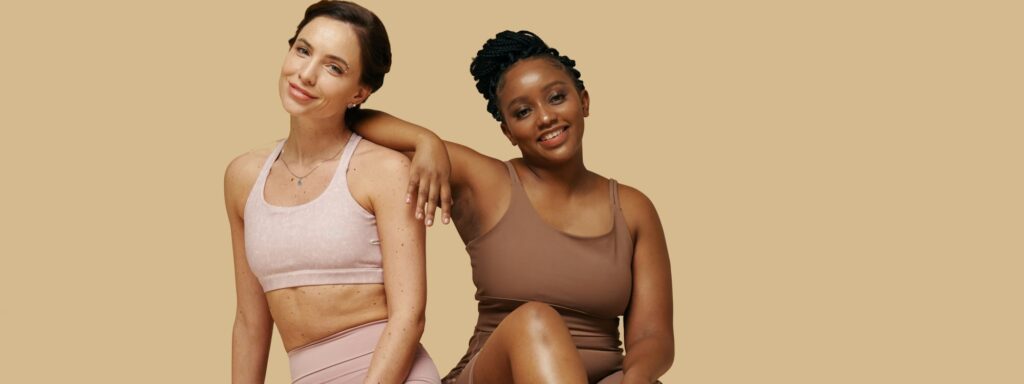What is Shapewear?
Shapewear refers to a category of undergarments designed to create a smoother, more streamlined silhouette, enhancing the natural contours of the body. Primarily worn beneath clothes, these garments serve various purposes, including support, shaping, and smoothing. Shapewear has gained immense popularity for its ability to provide confidence and comfort, especially in social or formal settings where individuals may seek to flatter their figure.
There are numerous types of shapewear available, each catering to different needs and preferences. Bodysuits are a popular choice, offering full coverage from the torso to the hips while providing support to the waist and stomach. Corsets, which have seen a resurgence in popularity, can cinch the waist and create an hourglass silhouette, drawing inspiration from historical fashion. Compression garments, on the other hand, utilize tighter fabrics to support muscle recovery and contour the body effectively. Other variations include shaping briefs, thigh shapers, and tank tops, each specifically designed to target certain areas for a customizable fit.
The historical context of shapewear dates back centuries, with early versions utilized by women to achieve desired body shapes according to fashion trends of the time. From the tightly laced corsets of the Victorian era to the more comfortable and versatile designs seen today, shapewear has evolved significantly. Modern innovations in fabric technology have led to breathable materials that provide both elasticity and support, making contemporary shapewear suitable for a variety of occasions. As it continues to adapt and grow, shapewear remains a staple in many wardrobes, reflecting not only individual preferences but also the ongoing conversation regarding body image and self-expression.
Benefits of Wearing Shapewear
Shapewear has gained popularity as an essential garment in many wardrobes, offering a range of benefits that extend beyond mere aesthetics. One of the most significant advantages is its ability to improve posture. By providing support to the core and back, shapewear encourages better alignment, which can ultimately lead to a more confident and poised appearance. This structural enhancement not only serves an aesthetic purpose but can also alleviate discomfort associated with poor posture, contributing to overall physical well-being.
Another notable benefit of shapewear is its capacity to boost confidence. The firm yet comfortable compression creates a smooth silhouette, allowing individuals to feel more at ease in their clothing. This heightened comfort translates into increased self-assuredness, enabling wearers to engage more freely in social situations or professional environments. Numerous testimonials from users highlight how shapewear has transformed not just their appearance but also their approach to dressing and social interactions. For many, the ability to slip into a fitted dress or tailored outfit without concern for lumps or bumps is empowering.
Psychologically, shapewear can enhance body image and self-esteem. These garments support a profound sense of control over one’s appearance, which can contribute positively to how individuals perceive themselves. Numerous studies indicate that feeling good in one’s clothing can lead to improved mood and overall mental health. Expert opinions in the fashion and wellness industries emphasize the importance of this psychological aspect, suggesting that shapewear can serve as a vehicle for self-expression and body positivity. Additionally, shapewear helps wearers adapt to various clothing types, from casual wear to formal attire, making it a versatile and invaluable addition to their wardrobe.
Choosing the Right Shapewear for Your Body
When selecting shapewear, it is essential to consider several critical factors to ensure a comfortable and flattering fit. The first step is determining your body type, as this influences the style and degree of compression required. For instance, individuals with an hourglass figure may benefit from waist cinchers that accentuate curves, while those with a rectangular shape might prefer full-body suits that create the illusion of a more defined waist.
Size is another significant criterion. It is crucial to obtain the correct measurements to select shapewear that aligns with your body dimensions. Many brands offer size charts, which can serve as a helpful guide. However, consulting customer reviews regarding sizing can provide insights on whether the shapewear runs small or large. It is advisable to try on various sizes and styles to determine what works best for your body.
When trying on shapewear, it is ideal to test it with the clothing you plan to wear over it. This practice ensures the shapewear fits correctly and does not create visible lines or discomfort. Ideally, shapewear should feel snug yet not overly restrictive. Pay attention to how it feels when you move, as flexibility can affect overall wearability.
The choice of fabric is paramount in finding suitable shapewear. Opting for breathable materials will enhance comfort, especially if you plan to wear it for extended periods. Fabrics that incorporate moisture-wicking technology can be advantageous, particularly in warmer climates. Additionally, consider shapewear that features blended fabrics designed for flexibility and stretch, ensuring a snug fit without compromising mobility. By taking these factors into account, you can successfully select shapewear that enhances your silhouette while maintaining comfort.
Shapewear Myths vs. Facts
Shapewear has long been surrounded by various myths and misconceptions that can cloud its true purpose and benefits. One of the most prevalent myths is that wearing shapewear is harmful to one’s health. Critics often argue that these garments can compress organs and restrict blood flow, leading to potential health issues. However, experts assert that when shapewear is chosen wisely and worn in moderation, it is generally safe. Quality shapewear is designed with elastic materials that contour the body without causing harm, allowing individuals to feel both comfortable and confident.
Another common belief is that shapewear is largely unnecessary and purely a beauty trend. In reality, shapewear provides practical benefits that extend beyond aesthetics. For instance, many individuals opt for shapewear to enhance their body shape for special events, which can boost self-esteem and lead to a more confident demeanor. Research indicates that 70% of women feel more empowered when wearing shapewear, highlighting its psychological benefits and role in presenting an individualized appearance.
Additionally, there is a misconception that shapewear is only for specific body types or sizes. However, contemporary shapewear brands have introduced a diverse range of options catering to various body shapes and sizes. This inclusivity allows a wider audience to experience the benefits of shapewear, promoting body positivity and acceptance.
Consumer reviews also reveal that many people appreciate the functional benefits of shapewear. Shapewear not only smooths out lines under clothing but also helps with body alignment, providing slight support to the core area. This functionality may explain its continued popularity among many users. As people continue to embrace their bodies and explore shapewear options, it is essential to dispel these myths to foster a better understanding of this versatile garment.




